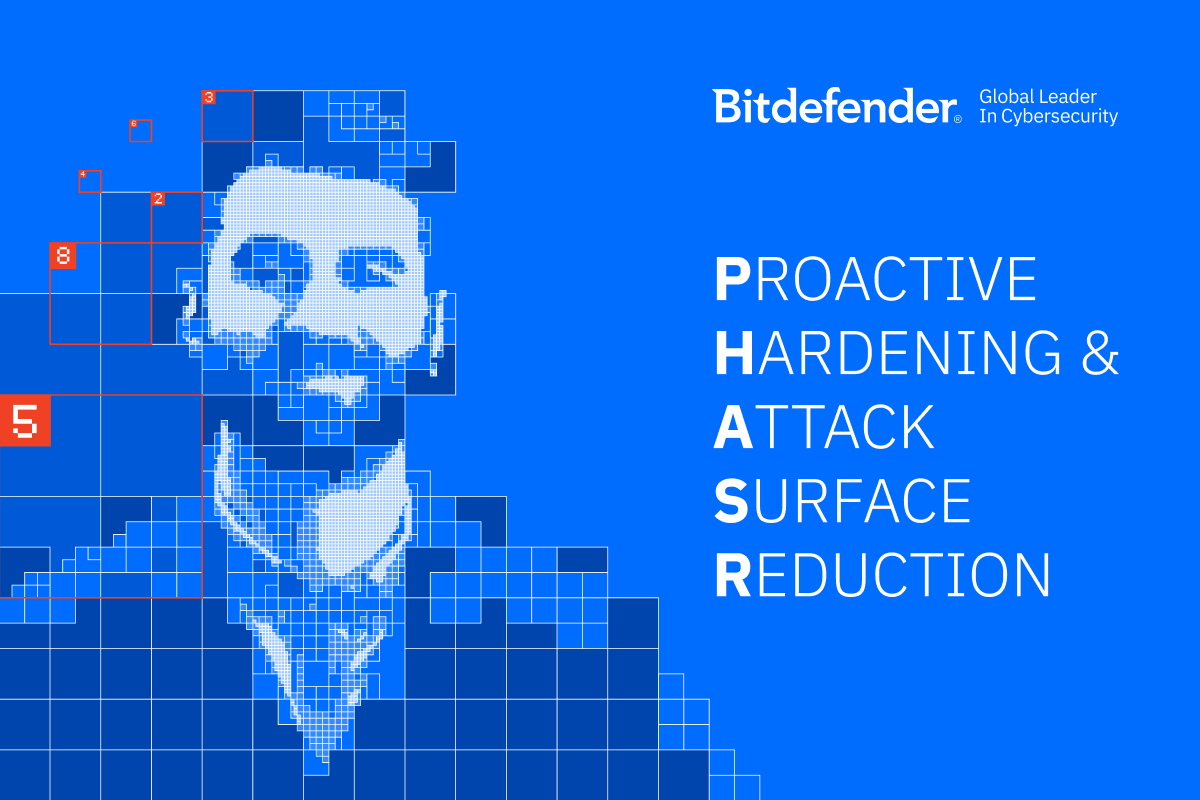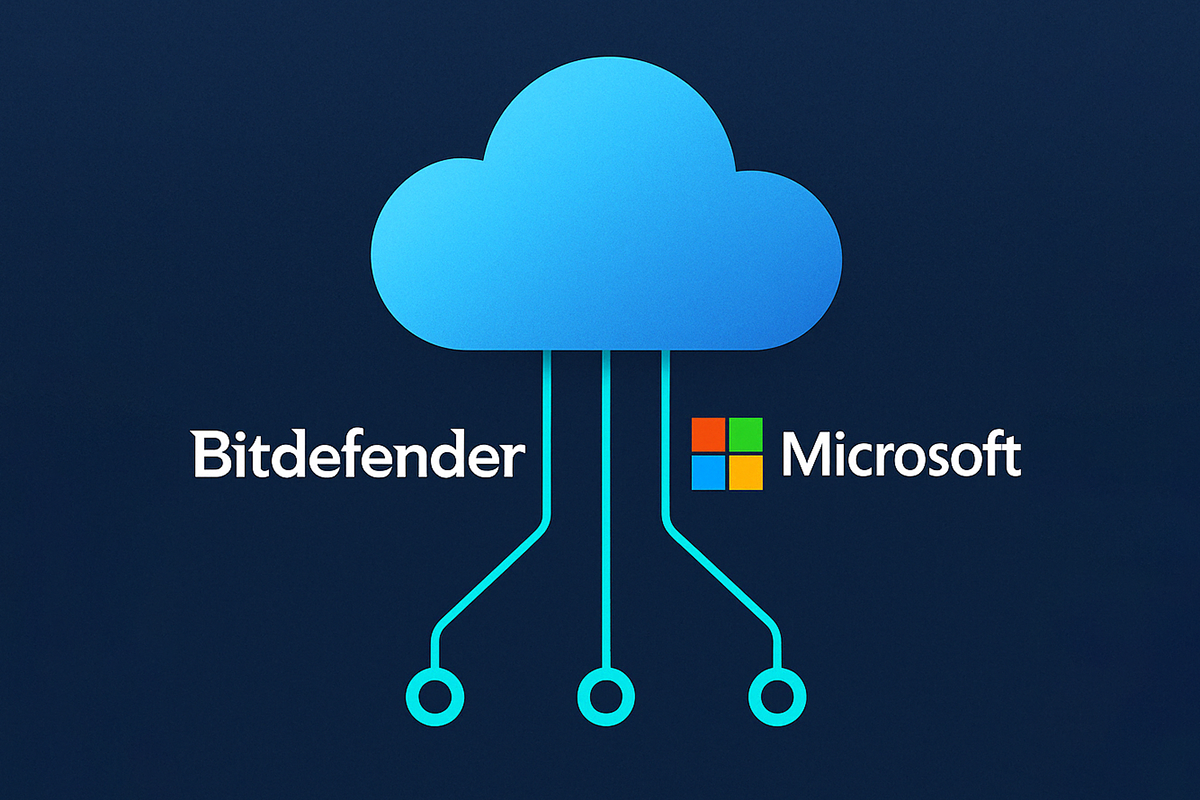Windows Server 2003 end-of-support and security management considerations

I came across an interesting article reported by The Register. In a survey, half of companies will still have Windows Server 2003 somewhere in their environment after the support cut-off date of July 14th passes. While purchasing a custom support agreement with Microsoft is an option, it’s one that will quickly get quite expensive ($600 per server per year, doubling each year).
Given the cost and risks, companies surely have good reasons to be “buying time”. The reality is, as covered in the article, it can be difficult to upgrade the server operating system underlying complicated applications.
An often complicated, and critical, application, is the endpoint security management suite. Traditional management relied on applications installed on Windows servers, most often leveraging a SQL database running on other servers. This very quickly creates a series of dependencies. Does the security management support a newer Windows version? If so, which databases does it support, and which Windows versions do those supported databases run on? If the management application uses a web server, which versions, and on which operating systems are those supported? How does the migration work, is there downtime, is the data migrated, can it be done in stages, or is it a forklift upgrade?
Much of this complexity can be avoided. Of course, custom-built, in-house applications are still tricky, but off-the-shelf solutions should be very simple, including endpoint security management.
For example, GravityZone can be delivered in two ways that avoid this complexity. The most straightforward is a GravityZone management console hosted by Bitdefender or a partner. In that case, the organization leveraging GravityZone never has to deal with any complexity underlying the management application.
The second option is hosting GravityZone on-premise. In this case, complexity is minimized because GravityZone operates as a self-contained private cloud. The deployment consists of a Linux-based virtual appliance. Multiple instances can be deployed, each playing one or more roles. The roles encompass all required functionality, including the database (often the source of most upgrade woes).
In this way, complexity of GravityZone is not exposed. Bitdefender builds and tests the virtual appliance, while the customer simply updates it. Everything from the web server to database is contained in the virtual appliance.
While adopting an endpoint security management solution that lowers operating system upgrade complexity won’t solve all of your problems, it certainly takes quite a bit of complexity – and therefore risk – off the table for a critical part of your environment. If you’re struggling to move your current solution off of Windows 2003, consider the advantages of a self-contained, flexible, and scalable solution like GravityZone, because it’s only a matter of time before you’ll begin the next round of operating system upgrades!
tags
Author
.jpg)
Shaun Donaldson is Editor-at-large at Bitdefender Enterprise. Shaun is also responsible for supporting relationships with strategic alliance partners and large enterprise customers, and analyst relations. Before joining Bitdefender, Mr. Donaldson was involved in various technology alliances, enterprise sales and marketing positions within the IT security industry, including Trend Micro, Entrust, Bell Security Solutions and Third Brigade.
View all postsRight now Top posts
FOLLOW US ON SOCIAL MEDIA
SUBSCRIBE TO OUR NEWSLETTER
Don’t miss out on exclusive content and exciting announcements!
You might also like
Bookmarks











